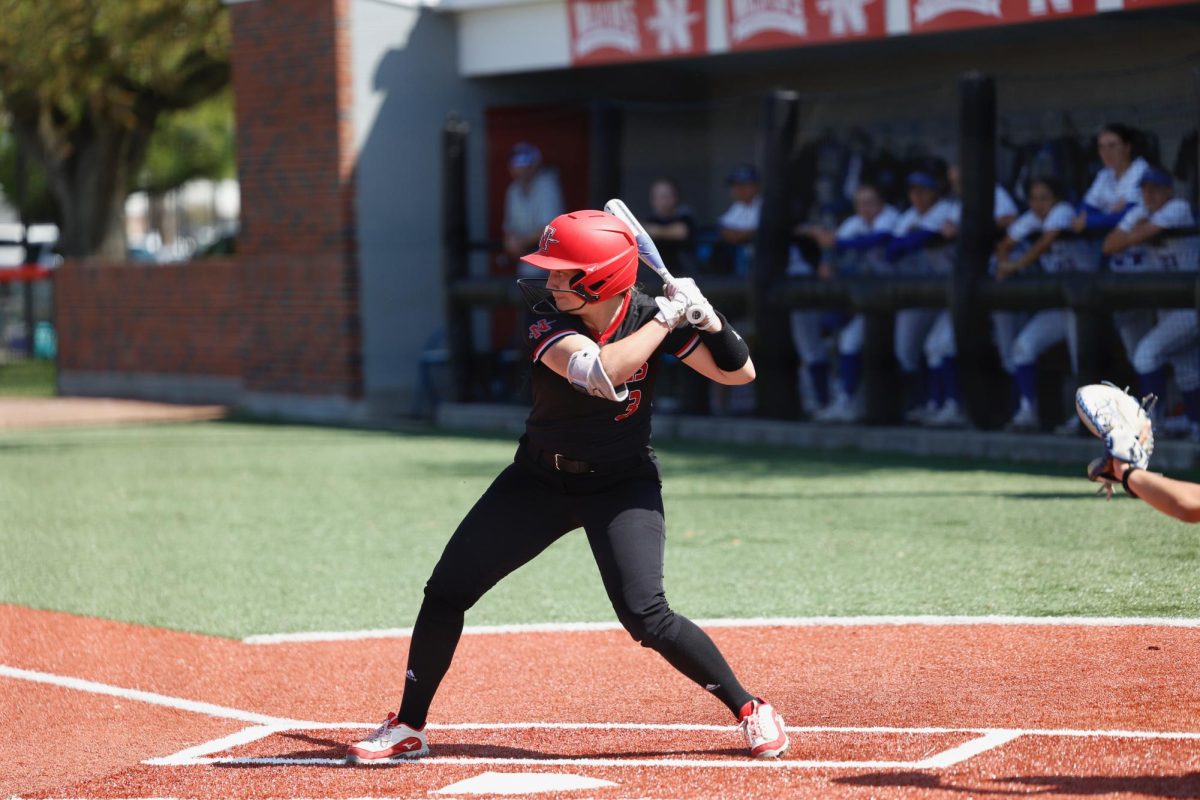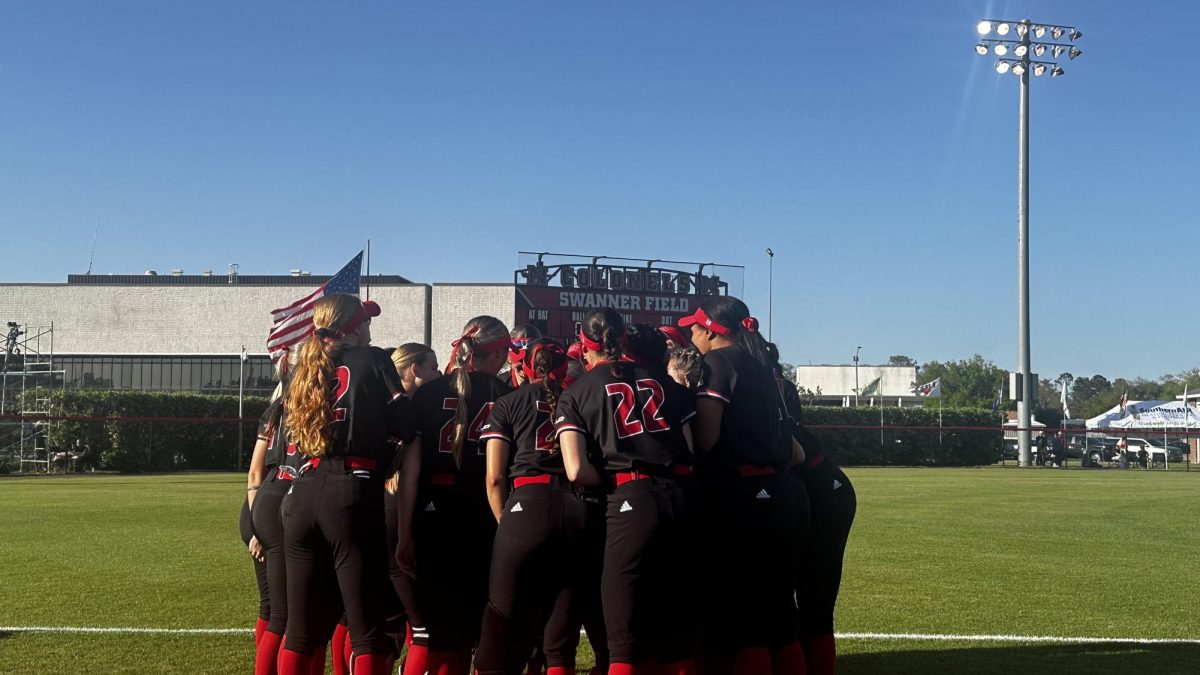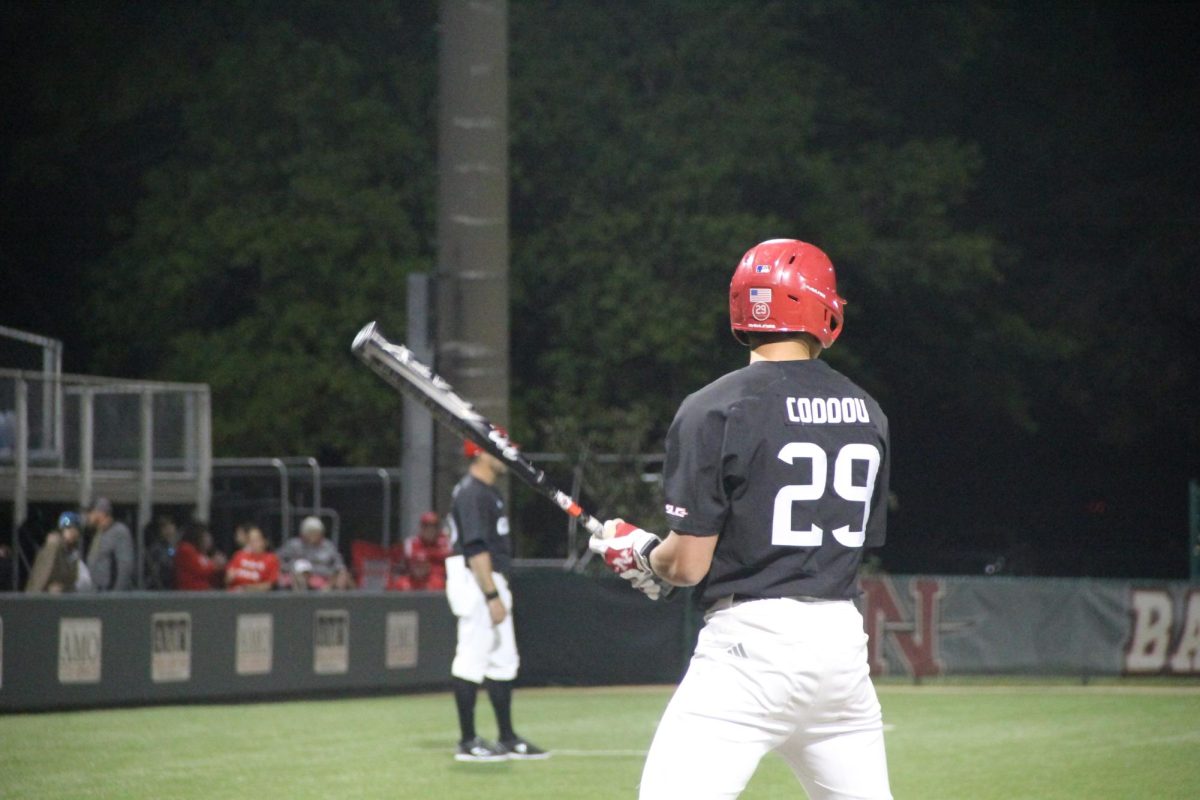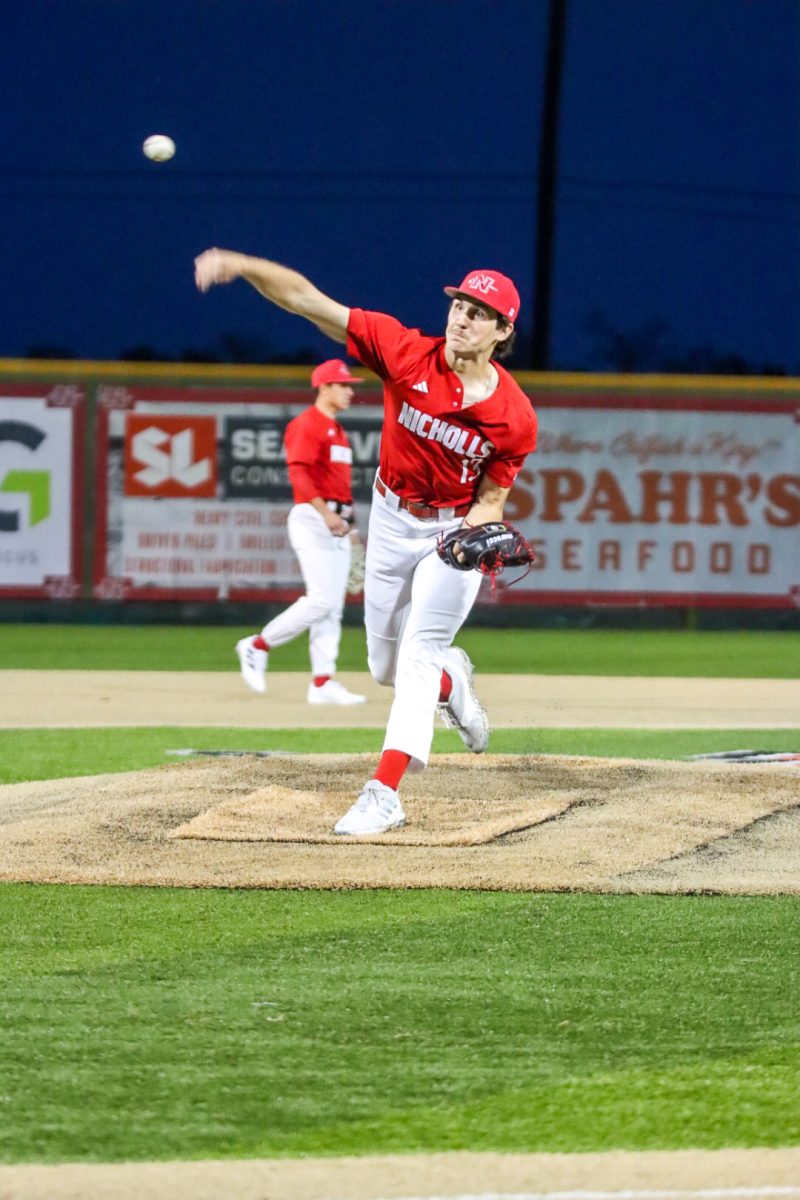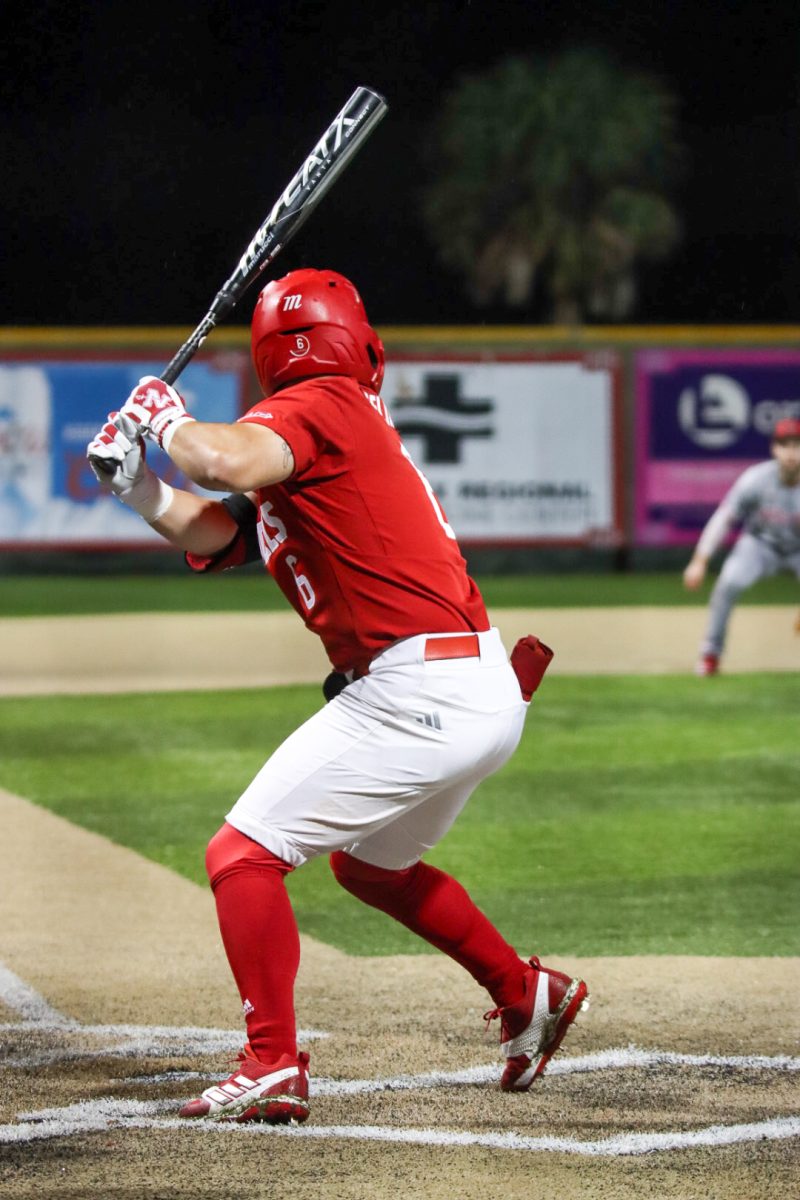New targeting rules went into effect at the start of this football season after being passed by the Football Rules Committee in February and approved by the Playing Rules Oversight Panel in March.
The new rule states that players cannot hit defenseless players above the shoulders. The consequences of doing so include a 15-yard penalty and ejection from the game. If the foul happens during the first half of the game, the player is ejected from the rest of the game but if it happens during the second half, the player is ejected and is forced to sit out during the first half of the next game. These fouls can be reviewed at a later time, which means that if a mistake is made, ejection can be overturned, but the penalties would stay in place.
Since this rule has been in place, it has drawn the attention of fans, coaches and players. Many feel that it is impossible for coaches to make these calls within a short span of time.
The origins of this controversial rule lie in the recent string of discoveries that participants of high impact sports, such as football, are more likely to develop degenerative brain diseases. The targeting rule aims to limit the amount of helmet-to-helmet impact that players are subjected to by making the area above the shoulders off limits. The main goal of this rule is to make the game safer for players.
“I think it is a good thing because safety comes first ,and you don’t want to end a player’s career by being negligent with your tackling or your technique. You need those regulations in place for all players,” Greg Greely, a volunteer assistant coach for the Colonel’s football team, said.
Others worry that this rule is too vague and could end up harming the way in which football is played. According to a handout by College Football Officiating LLC, when trying to identify a targeting foul, officials look for: “Launching toward an opponent to make contact in the head or neck area, a crouch followed by an upward and forward thrust with contact at the head or neck area, leading with the helmet, forearm, fist, hand or elbow into the head or neck area and lowering the head before attacking and initiating with the crown of the helmet.”
Keeping these standards in mind basically rules out a good portion of the tackling techniques that players have been using for years.
Justin Anderson, wide receivers coach for the Colonel’s football team, was a receiver at Brigham Young University. He recalls the techniques players used at that time: “Back then you could launch, you could leave your feet and hit somebody. Now, as soon as you leave your feet, then your targeting and it’s an automatic penalty.”
Greely also recalls the change in technique. “Back in the 80s when I played, they had safety in place but it wasn’t as strict. Targeting back then wasn’t a violation. It was part of the game. I think it has come a long way in reference to the safety factor in making targeting illegal, and I support that.”
Anderson sums up the argument on both sides. “I think there is a good and a bad side to it. The good side is that you are trying to protect the players. The bad side is that it makes it difficult for defensive player to know how to tackle. At the end of the day, after you have seen certain players have helmet-to-helmet impact and the things that can negatively come from that, I think it’s the right thing to do.”
Anderson continued, “I know defensive coaches and players don’t want to hear that. But I think at the end of the day, it is a sport and we want these young men to be able to have futures after it. The percentage of these kids that are going to play in the NFL isn’t very high. The percentage of them getting jobs and businesses is much higher so we want them to have longevity, health after their football careers. At the end of the day, that’s what we want. We don’t want a bunch of kids at 40 years old to have memory loss and all kinds of consequences because there was nothing in place.”
Chris Bermond a senior from Bay St. Louis, Miss. and a linebacker for the Colonel’s football team, stated, “I’m kind of iffy on the targeting rules because we’ve got so many knee injuries nowadays because people are going low. You are given such a small zone to hit somebody. You don’t want to end somebody’s career, but at the same time you want to get them on the ground without having to get suspended for the game.”
Marcus Washington, a senior from Lillian, Ala. and a runningback for the Colonel’s football team, shared the same sentiment. “Right now I think the targeting rules are in a gray area,” he said. “If you don’t want the guys to hit them up high, that’s going to limit the concussions, but that’s going to make them hit a little lower. Then you can have more ACL tears or more of those knee problems.”
Players frequently find themselves having to either change their techniques or pay closer attention to how they tackle.
“When a defenseless receiver catches the ball, you have to really think about wrapping up and bringing them to the ground instead of just blowing through them,” Bermond said.
With this rule in effect, coaches and players are essentially in between a rock and a hard place. If players target too high, they commit a foul. But targeting low can result in knee injuries.
Washington, who suffered a knee injury, details the recovery process. “The first few days, there is really nothing you can do, just lay around and kind of evaluate. The main process is trying to get back that range of motion and the strength.”
Whether this rule achieves its goal of limiting head injuries, or unintentionally influencing injuries of the lower extremities, some would argue the mere implementation of the rule is harming the game.
“The game is changing and everybody knows it,” Washington said. “You just have to adapt if you want to play. But my thought is that the game is getting kind of soft with all of the new rules. I think that you go into the game knowing that you can get a head injury or whatever. If you are scared, then don’t play.”
Players now face a double-edged sword. They enter one of the most high-impact games with the threat of concussions or knee injuries which could impact the rest of their lives.
“Its football. Injuries happen,” Washington said.
Targeting rules and their impact on the game of football
Sheyla Sicily
•
November 14, 2013
Leave a Comment
More to Discover



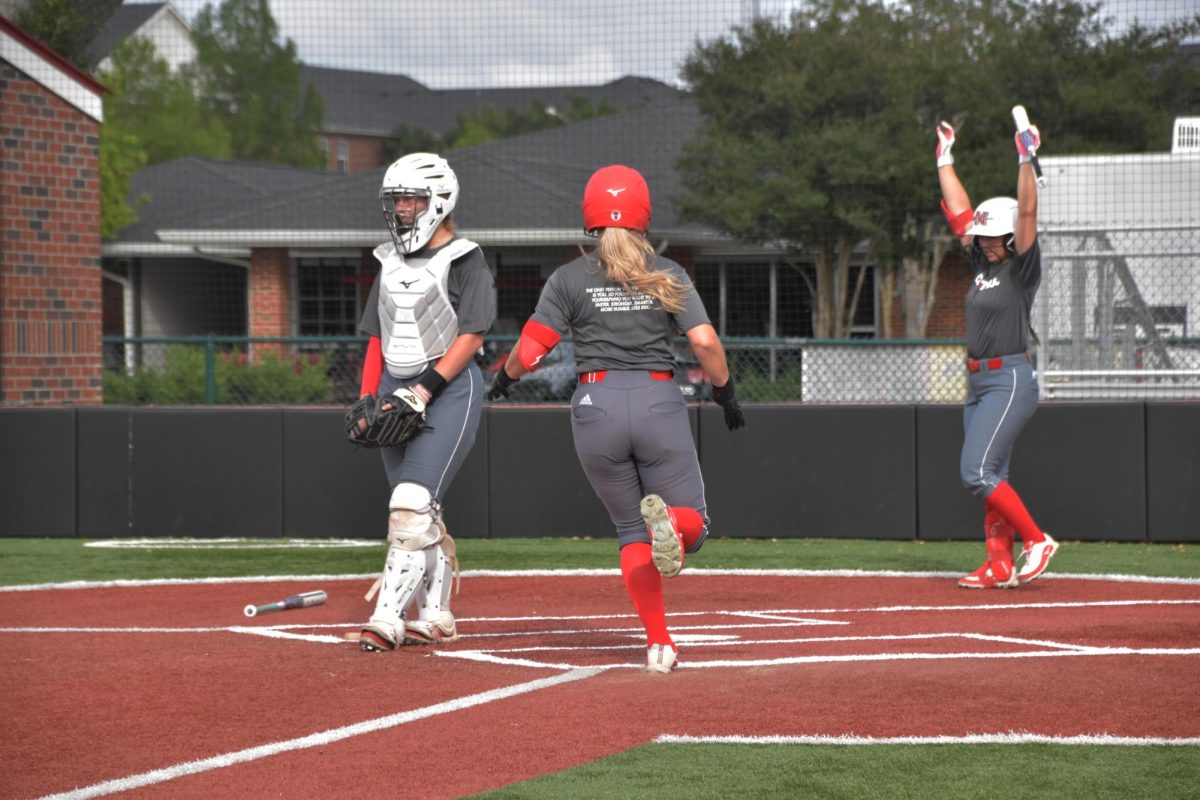




![Nicholls Garrett Felix [#6] advances to first base after drawing a walk against Louisiana on April 2.](https://thenichollsworth.com/wp-content/uploads/2024/04/FelixWalk-at-UL-1200x800.jpg)
